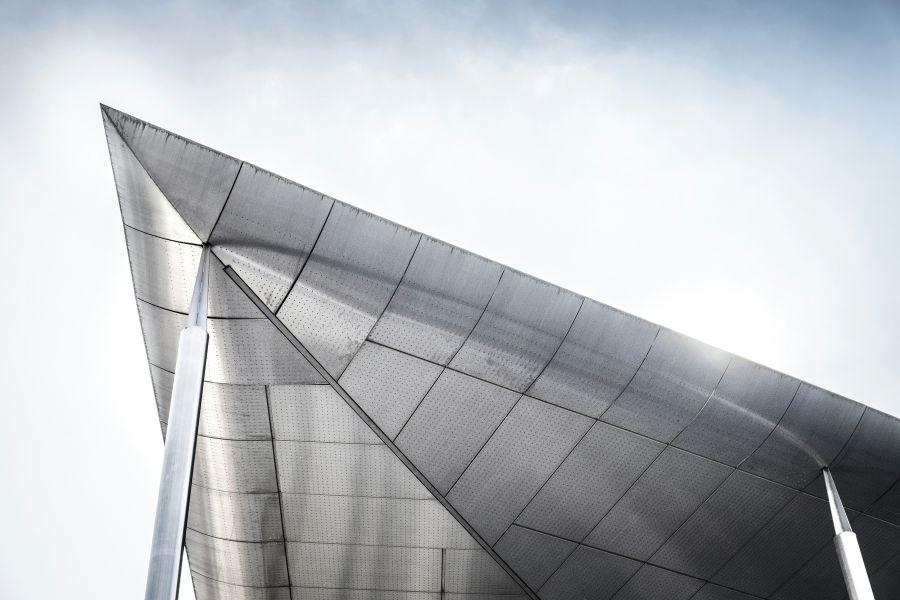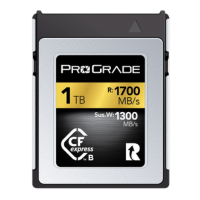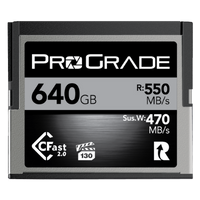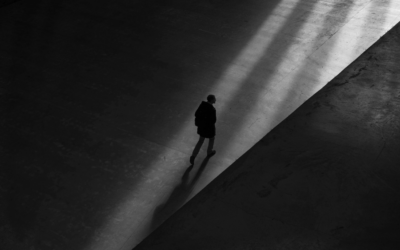Photography offers a world of possibilities, but nothing quite matches the freedom and creativity of abstract compositions. Whether you’ve just picked up your first camera or you’re a seasoned professional, abstract photography can help you see the world through a different lens—literally and figuratively.
Abstract photography serves as a platform for experimentation and creative expression, enabling photographers to break free from the constraints of reality and explore new perspectives, ultimately pushing the boundaries of visual art. This article will guide you through abstract photography, why this genre is significant, and how you can master it to create stunning and evocative images.

What is Abstract Photography?
Abstract photography differs from traditional, representational images and focuses more on elements like shapes, colors, lines, and textures. Unlike portraits or landscapes that tell you exactly what to see, abstract images invite viewers to interpret the subject in their own way. This makes abstract photography an engaging and thought-provoking genre that stimulates the imagination.
Key Characteristics of Abstract Photography
Abstract photography is a form of art that departs from traditional representational photography, focusing instead on shapes, colors, textures, and patterns. Here are some key characteristics:
- Subjective Interpretation: Abstract photography invites viewers to interpret the image in their own way, fostering a personal and unique experience.
- Emphasis on Form and Color: The composition and color palette often play a central role, creating visual interest and evoking emotions.
- Non-Representational: Abstract images may not depict recognizable objects or scenes, allowing for a more imaginative and symbolic approach.
- Texture and Pattern: The interplay of textures and patterns can add depth, complexity, and visual interest to an abstract image.
- Experimentation: Abstract photography encourages experimentation with techniques like long exposures, macro photography, and unconventional perspectives.
- Emotional Impact: Abstract images can evoke strong emotions and feelings, often without relying on narrative or symbolism.
Examples and Inspiration
Think of the famous works by photographers like Aaron Siskind and Man Ray. Both artists used abstract techniques to create striking images that still captivate audiences today. Their work demonstrates that abstract compositions can be just as compelling, if not more so, than traditional photography.


Techniques for Creating Abstract Compositions
To master abstract photography, you’ll need to understand and apply various techniques. Below, we’ll explore effective methods you can use to create compelling abstract images. By experimenting, you can develop your unique style and capture the essence of what makes abstract photography so captivating.
Perspective

One of the most powerful ways to create abstract images is by playing around with perspective. Instead of taking a straightforward shot, try experimenting with different angles and distances from your subject. Get up close and personal, or zoom out to capture a wider scene. By altering your perspective, you can create unexpected shapes, patterns, and compositions that invite viewers to see the world in a new light.
Focus and Depth of Field

Selective focus and depth of field can be powerful tools for abstraction. By isolating specific elements within a scene and blurring the rest, you can create a sense of mystery and intrigue. Experiment with different apertures to control the depth of field and see how it affects the overall composition. A shallow depth of field can draw attention to a particular detail, while a deeper depth of field can create a more complex and layered image.
Motion Blur

Motion blur is a technique that involves capturing movement in a way that blurs the subject. This can create dynamic and abstract effects, especially when combined with long exposures. Experiment with different shutter speeds and subject movements to achieve the desired level of blur. Whether you’re photographing a moving object or using a panning technique, motion blur can add a sense of energy and dynamism to your abstract compositions.
Macro Photography

Macro photography involves capturing images of extremely small subjects at a close-up scale. This technique can transform everyday objects into abstract compositions, revealing hidden details and textures. Experiment with different lighting conditions and camera settings to create unique and visually striking macro images. By focusing on the smallest elements of the world, you can discover a whole new realm of abstract beauty.
The Role of Color and Texture
Think of color as the mood of your photograph—each hue carries a vibe, whether it’s the warmth of red or the serenity of blue. Meanwhile, texture adds depth and interest, inviting viewers to almost feel the surfaces in your work. In this section, we’ll explore how to harness these elements to elevate your abstract compositions and make them truly stand out.
Color Theory in Abstract Photography
Color plays a powerful role in abstract photography, evoking emotions and setting the mood for your compositions. Warm colors like red, orange, and yellow can create a sense of energy and excitement, while cool colors like blue, green, and purple can convey calmness and peace. Experiment with different color combinations to see how they affect the overall feel of your images. Consider using complementary colors for a vibrant and contrasting effect, or analogous colors for a harmonious and cohesive look.
Texture as a Visual Tool
Texture adds depth, complexity, and visual interest to abstract photographs. Look for interesting textures in your surroundings, whether it’s the rough surface of a wall, the smooth skin of an object, or the intricate patterns found in nature. Experiment with different lighting conditions and camera angles to highlight textures and create a tactile experience for viewers. Texture can add a sense of physicality to your abstract images, making them more engaging and memorable.
Monochrome vs. Color

The choice between monochrome and color can significantly impact the mood and atmosphere of your abstract photographs. Monochrome images, with their shades of black, white, and gray, can create a timeless and classic feel. They can also emphasize shapes, patterns, and textures without the distractions of color. On the other hand, color images can evoke strong emotions and create a more vibrant and dynamic composition. Experiment with both monochrome and color to see which approach best suits your creative vision.
Abstract Photography in the Digital Age
The digital age has revolutionized abstract photography, opening up new possibilities and tools for creative expression. From post-processing techniques to AI-powered software and online platforms, the digital world has transformed the way we create and share abstract art. Let’s explore how technology has empowered abstract photographers and expanded the boundaries of this captivating art form.
Post-Processing Techniques
Post-processing is a powerful tool for enhancing abstract compositions and bringing your creative vision to life. Use software like Adobe Photoshop, Lightroom, and Affinity Photo to manipulate color, contrast, texture, and other elements. Experiment with different techniques like dodging and burning, color grading, and more to achieve the desired effect. These enhancements can elevate your abstract compositions to new heights.
AI and Software Innovation
Emerging technologies like AI (artificial intelligence) are reshaping the landscape of abstract photography. AI-powered software can automate tasks, generate creative ideas, and even create abstract images from scratch. While some may argue that AI threatens the originality of human creativity, it can also be a valuable tool for experimentation and inspiration. Embrace these new technologies and explore how they can enhance your abstract photography. Tools like OpenArt use AI to transform ordinary snapshots into art, offering new avenues for creativity and experimentation.
Sharing Abstract Work
Social media platforms have made it easier than ever to share abstract work. Instagram, Pinterest, and dedicated photography forums allow you to showcase your art and connect with like-minded individuals. Building an online presence can help you gain recognition, attract new followers, and even sell your prints. The feedback and inspiration you gain can further fuel your creative process.
Use Cases for Abstract Photography
Abstract photography isn’t just for the sake of art. It has practical applications, too. Let’s explore some of the exciting ways abstract photography can be used and how it can benefit your creative endeavors.
Fine Art
Abstract photography has long been a popular medium for fine art expression. Its ability to evoke emotions, challenge perceptions, and create visually stunning compositions makes it a captivating choice for artists. Whether you’re exploring themes of nature, emotion, or the human condition, abstract photography offers a unique and powerful way to communicate your ideas.
From minimalist compositions to complex and layered images, abstract photography can be used to create thought-provoking and visually compelling works of art that stand the test of time.
Commercial Photography

Abstract photography also has applications in the commercial world. By focusing on the abstract qualities of products, such as their shapes, textures, and colors, you can create visually striking and memorable advertisements. Abstract photography can also be used to convey the mood or feeling associated with a product, such as luxury, excitement, or calmness. It is a perfect application to combine with architectural photography.
By incorporating abstract elements into your commercial photography, you can differentiate your work from the competition and capture the attention of potential customers.
Personal Projects
Finally, abstract photography serves as a creative outlet for personal expression. It allows photographers to explore new ideas and push the boundaries of conventional photography. Whether you’re taking photos for a personal portfolio or a fun project, abstract compositions offer endless creativity.
Why Abstract Photography Matters
Why is abstract photography an important genre? It’s much more than just pretty pictures. It’s a way to express emotions, tell stories, and challenge our perceptions of the world.
Creative Freedom

Abstract photography offers artists a sense of creative freedom that is often limited in more traditional forms of photography. By breaking away from the constraints of realism, photographers can experiment with new techniques, explore unconventional perspectives, and express their unique visions in a truly personal way. Abstract photography allows for a level of experimentation and self-discovery that is unmatched in other genres.
Viewer Interpretation
Unlike more representational forms of photography, abstract images invite viewers to become active participants in the artwork. The open-ended nature of abstract compositions allows for a wide range of interpretations, making each viewing experience unique and personal. This interactive aspect of abstract photography fosters a deeper connection between the artist and the viewer, creating a truly collaborative experience.
Impact on the Photography Industry
Abstract photography has played a significant role in challenging conventional norms within the photography industry. By pushing the boundaries of what is considered “acceptable” or “artful,” abstract photographers have helped to redefine the landscape of photography and inspire new generations of artists. The influence of abstract photography can be seen in a variety of genres, from fashion and advertising to fine art and documentary photography.
Tips for Aspiring Abstract Photographers
Embarking on the journey of abstract photography is an exciting adventure filled with endless possibilities. To hone your skills and unlock your creative potential, here are a few tips to keep in mind:
Embrace experimentation: Don’t be afraid to try new techniques and explore different subjects. Abstract photography is all about pushing boundaries and challenging conventional norms. Experiment with different camera settings, lighting conditions, and compositions to discover your unique style.

Find inspiration in everyday life: Look for inspiration in the world around you. Nature, architecture, and everyday objects can all be transformed into abstract compositions. Pay attention to shapes, patterns, textures, and colors, and find ways to isolate or emphasize these elements.
Practice makes perfect: Like any art form, abstract photography requires practice and dedication. The more you shoot, the better you’ll become at identifying abstract compositions and capturing them effectively. Develop a keen eye for the abstract and learn how to elevate your work through post-processing.
Conclusion
Abstract photography is a powerful tool for pushing creative boundaries and challenging our perceptions of reality. By focusing on shapes, patterns, textures, and colors, abstract compositions can evoke emotions, tell stories, and inspire new ways of seeing the world. Whether you’re a seasoned photographer or just starting out, abstract photography offers endless possibilities for creative expression.
So, don’t be afraid to experiment with abstract photography and let your creativity soar. Remember, the most impactful abstract images are those that challenge our expectations and leave a lasting impression. Share your work with the world and inspire others to embrace the power of abstract photography.





